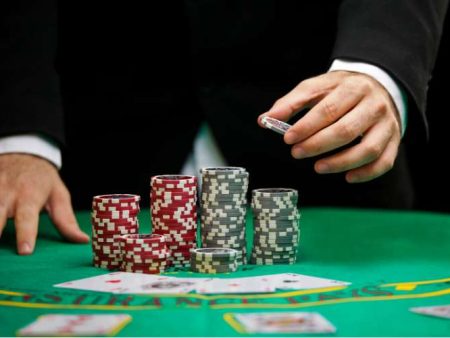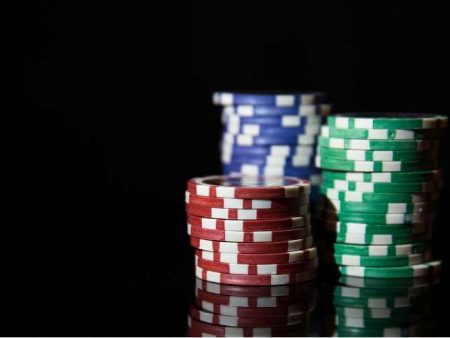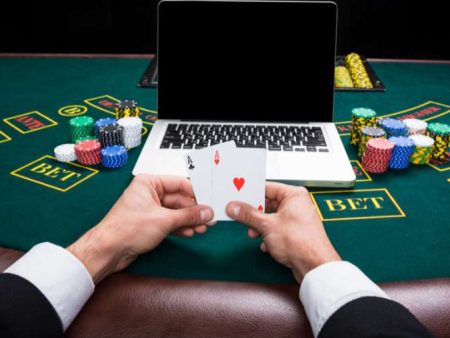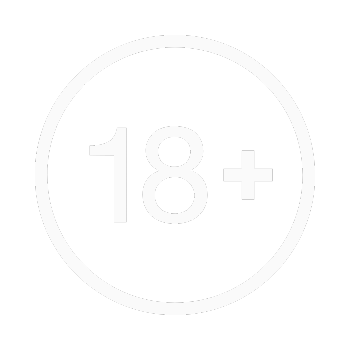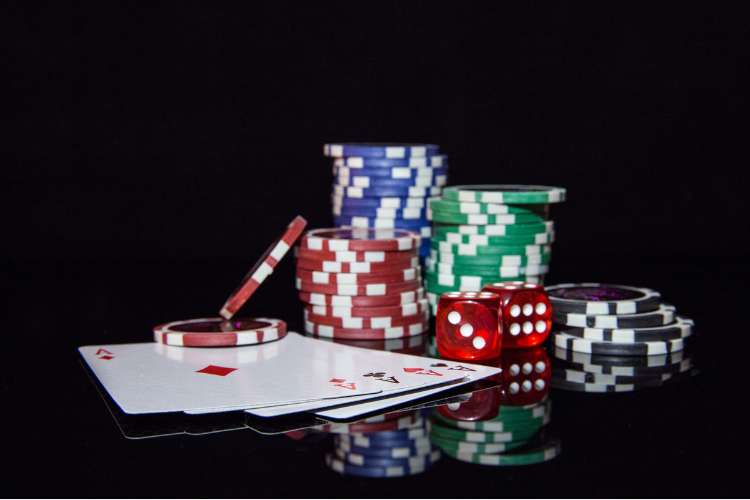
What's on this page
Blackjack is one of the most beloved casino games around the world, especially in the UK. Players flock to the tables, drawn by its fast pace and the exciting challenge of trying to beat the dealer. But beneath the surface of every blackjack game, there’s one factor that heavily influences the outcome of each hand: the house edge.
Understanding the house edge is crucial for any blackjack player. In this article, I’ll walk you through the concept of house edge in blackjack, how it varies with different rules and strategies, and most importantly, how you can minimize it to improve your chances of success. So, let’s dive in!
What is House Edge in Blackjack?
At its core, the house edge represents the mathematical advantage the casino has over the player in any given game. It’s expressed as a percentage, indicating the amount a player can expect to lose over time, relative to the total amount wagered.
In blackjack, the house edge is influenced by a number of factors, including the rules of the game, the number of decks in play, and the payouts offered. For example, if you play a game of blackjack with a house edge of 0.5%, you can expect to lose, on average, 50p for every £100 you wager over the long run. While it may not sound like much, over the course of many hands, that edge can add up.
In classic blackjack, where the payout for a winning blackjack is 3:2, the house edge tends to be quite low. However, this can increase significantly with the introduction of rule variations such as “dealer hits on soft 17” or “blackjack pays 6:5.”
How the House Edge in Blackjack Varies
Not all blackjack games are created equal. The house edge can vary dramatically depending on the specific version you’re playing and the house rules in place. Let’s take a look at how the house edge differs across some popular blackjack variations:
| Blackjack Variation | House Edge (%) | Key Features & Rule Variations |
| Classic Blackjack | 0.5% | Standard rules, 3:2 payout for blackjack, dealer stands on 17 |
| European Blackjack | 0.4% | No hole card, dealer stands on 17 |
| Vegas Strip Blackjack | 0.4% – 0.5% | 3:2 payout for blackjack, various side bets available |
| Atlantic City Blackjack | 0.36% | 3:2 payout, dealer stands on 17, more generous rules |
| Single Deck Blackjack | 0.15% | Single deck, usually dealer stands on 17, 3:2 blackjack payout |
As you can see, the number of decks in play can have a significant impact on the house edge. The fewer the decks, the lower the edge. This is because in a single-deck game, players can have a better chance of predicting the outcome based on remaining cards. However, even small changes in the rules—such as the dealer hitting on a soft 17 or offering a reduced payout for blackjack—can raise the house edge.
Understanding the Importance of House Edge in Blackjack
Now that we’ve established what the house edge is, let’s talk about why it matters and how it influences the way you play.
The house edge is a long-term concept. In the short run, anything can happen. You might win big or lose everything in a matter of minutes. But if you play enough hands, the house edge will eventually catch up with you, and the odds will always lean in the casino’s favor.
So, why should you care about the house edge? Simply put, the lower the house edge, the better your chances of winning in the long term. If you’re a serious player, this is key. It’s about maximizing your chances to come out ahead, not just for one or two hands, but over the course of your entire session.
Here’s an example: Let’s say you’re betting £10 per hand. Over the long run, with a house edge of 0.5%, you can expect to lose approximately 50p for every £100 you wager. While this may not seem like a lot at first, in the grand scheme, it means that choosing a game with a lower house edge can make a substantial difference in your bankroll.
Strategies to Minimize the House Edge in Blackjack
One of the best ways to counteract the house edge is by using proper blackjack strategy. The great thing about blackjack is that it’s not purely a game of chance; your decisions can influence the outcome of the hand.
Basic Blackjack Strategy
The first step in minimizing the house edge is learning the basic blackjack strategy. This involves knowing when to hit, stand, double down, or split based on the value of your hand and the dealer’s upcard. A strategy chart is an invaluable tool here, providing you with the best move for every possible combination.
For example:
- If you have a total of 12-16 and the dealer shows a 2-6, it’s often best to stand. The dealer is more likely to bust in this scenario.
- If you have a pair of 8s, always split them to maximize your chances of winning.
- If your hand is a total of 11, double down to increase your potential winnings.
Card Counting
For advanced players, card counting can be a powerful technique to reduce the house edge. By keeping track of the high and low cards left in the deck, card counters can determine when the deck is favorable for the player and adjust their bets accordingly. This strategy doesn’t guarantee a win, but it gives you the best possible chance to win in the long term.
Betting Strategies
In blackjack, how you manage your bets can also help mitigate the house edge. Some players prefer to use flat betting, where they place the same bet on every hand. Others use progressive betting, where they increase their bet after a win and decrease it after a loss.
It’s important to choose a betting strategy that aligns with your risk tolerance and bankroll. Keep in mind, however, that no betting system can overcome the house edge completely. The key is to minimize losses during losing streaks and capitalize on winning streaks.
The Impact of Side Bets on House Edge
Many blackjack tables offer side bets, such as Perfect Pairs or 21+3, which can be tempting to players looking for bigger payouts. However, these side bets often come with a much higher house edge than the main game.
For example:
- Perfect Pairs often has a house edge of around 5-8%, which is significantly higher than the main game.
- 21+3 combines blackjack with poker hands, but the house edge here can also be upwards of 5%.
While side bets can offer larger payouts, they also come with greater risks. It’s wise to avoid these unless you fully understand the odds and have the bankroll to sustain these higher-risk bets.
Managing Your Bankroll and Expectations in Blackjack
While strategies and house edge reduction techniques are key to success, it’s equally important to manage your bankroll effectively. Set a budget before you start playing and stick to it. Having a clear plan will help you play responsibly and avoid chasing losses.
Remember, blackjack odds and strategies can help in the long run, but there’s no way to predict the outcome of any given hand. Keep your expectations in check and remember that responsible gaming is just as important as maximizing your chances to win.
Conclusion
In the world of blackjack, understanding the house edge is essential to making smarter decisions at the table. By using basic blackjack strategy, employing advanced techniques like card counting, and managing your bets wisely, you can reduce the house edge and improve your chances of coming out ahead.
Remember, no strategy can eliminate the house edge entirely, but playing with knowledge and discipline gives you the best shot at success. Always bet responsibly, know your limits, and most importantly, enjoy the thrill of the game. Happy playing!
